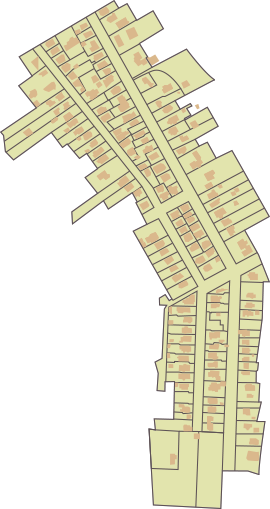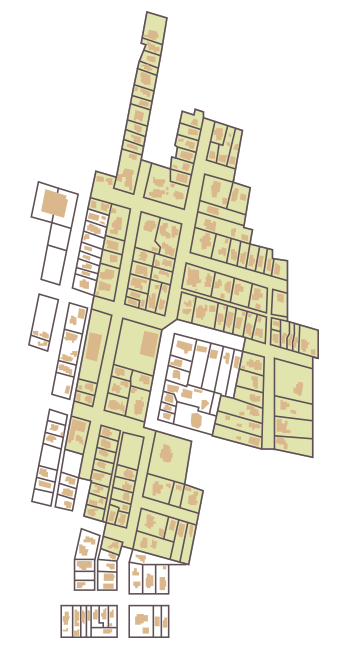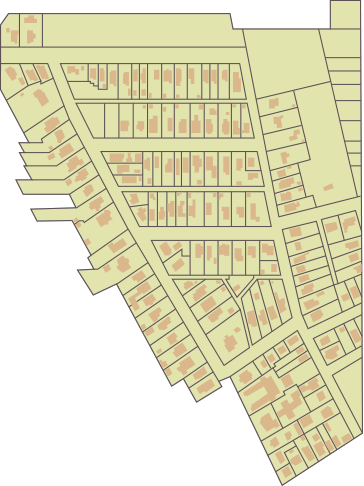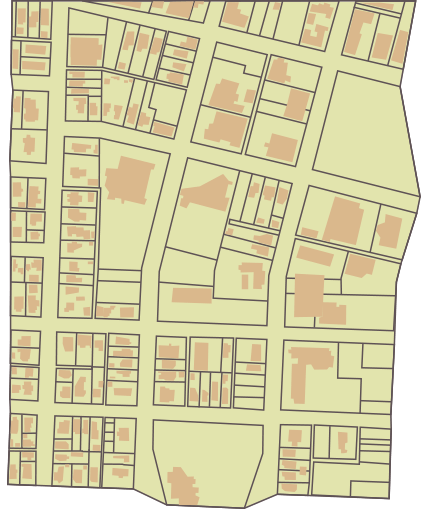Historic Homes of Council Bluffs:
Four Walking Tours
Discover more information
about the walking tour.
We have made every effort to provide accurate information, based on nominations to the National Register of Historic Places, extensive research, data gathered from homeowners, and previous tour brochures. Rest assured our information is treated at the highest level of accuracy.
You will come upon other significant homes in these neighborhoods, that are not included due to space limitations. We encourage you to explore the nearby streets and avenues to find additional treasures. The stories of the early settlers and second-generation business owners who built these homes provide a history of the origins and early development of the city.
Park / Glen Avenues Historic District
29 locations

The Park/Glen Avenues Historic District is located within a valley just south of the original plot of the City of Council Bluffs. In the early days of Council Bluffs, the valley was known as “Hang Hollow” after Baltimore Muir, an immigrant accused of murder, was lynched there (304 Glen Avenue). There is no 200 block on Glen Avenue; the 100 block leads directly to the 300 block.

Willow / Bluff / Third Street Historic District
The Willow/Bluff/Third Street district represents an early, intact residential neighborhood built by prospering, second generation merchants, railroad and real estate financiers, and professionals. Third Street was known as the “Street of Generals” because four men who attained the rank of general lived within a three-block area.

Lincoln / Fairview Historic District

The development of the Lincoln/Fairview area began in 1850-1860. At that time Oakland Avenue was known as Valley Street. In 1897 Valley Street was renamed Oakland Avenue, although most north-south roads across the city were named streets. The name change represents the wealth and influence of those who had and were building their large, stylish homes along Oakland Avenue. Through the years, the neighborhood acquired several nicknames including “Nob Hill,” “Pill Hill,” and during the Great Depression, “Poverty Hill”. The district is named “Lincoln/Fairview” because the Lincoln Monument and Fairview Cemetery are within its boundaries.

Seventh and Eighth Streets Historic Disctrict
27 locations
The area currently known as the Seventh and Eighth Street Historic District is undergoing the nomination process to be listed on The National Register of Historic Places. Once designated, this area will be known as the South 8th Street Historic District.
The Bayliss Park area was the third area of development following Pierce St and Park Avenue/Glen Avenue. The homes were near Bayliss Park, which served as a gathering place for concerts and other social activities.

Get your copy of the Historic Homes of Council Bluffs Walking Tour booklet
$5.00
Proceeds go to support Preserve Council Bluffs’ mission.
You can purchase your own copy of the walking tour at:
The Historic General Dodge House
605 South 3rd St,
Council Bluffs, IA 51503
Dodge House
More historic homes stories
Read entries from “The History We Live In”
A classical series in attempts to tell their stories, as accurately as possible, through the homes they built – the architecture reflecting the culture of the times.

Preserve Council Bluffs is a non-profit organization whose mission is to promote and preserve the heritage of Council Bluffs through its architecture, sites, and people.
© 2021 Preserve Council Bluffs | All Rights Reserved
Learn More
